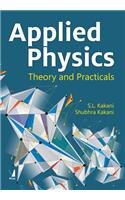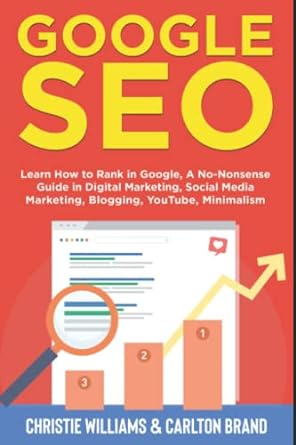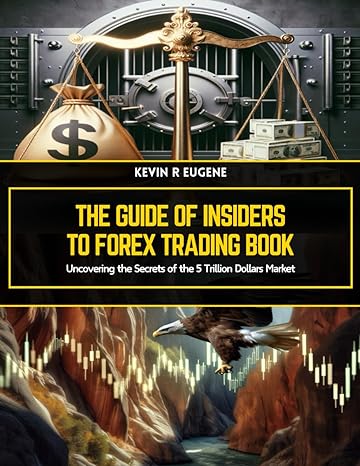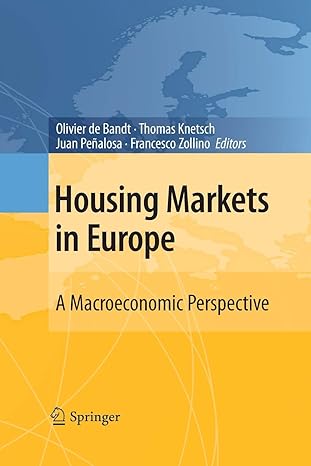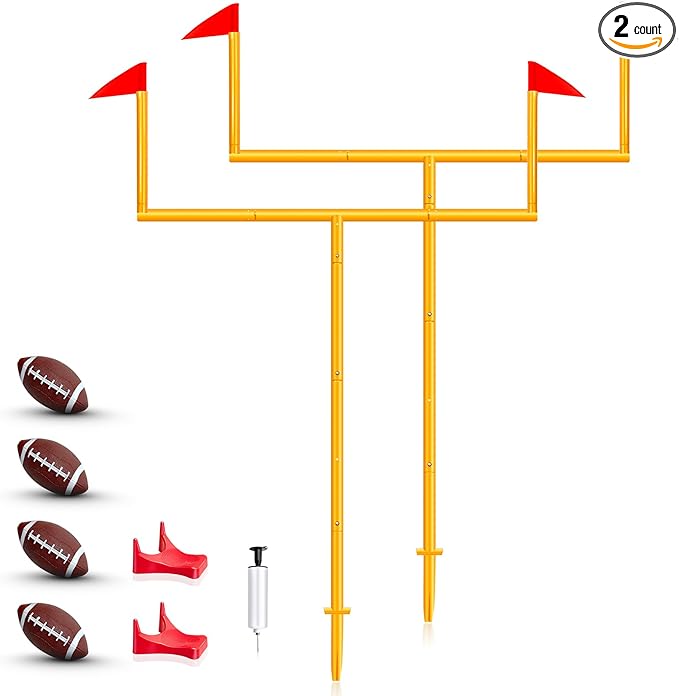Go back

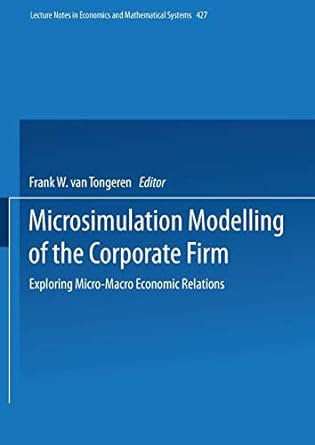
Microsimulation Modelling Of The Corporate Firm Exploring Micro Macro Economic Relations(1st Edition)
Authors:
Frank W. Van Tongeren

Cover Type:Hardcover
Condition:Used
In Stock
Include with your book
Free shipping: April 03, 2024Popular items with books
Access to 3 Million+ solutions
Free ✝
Ask 10 Questions from expert
200,000+ Expert answers
✝ 7 days-trial
Total Price:
$0
List Price: $74.95
Savings: $74.95(100%)
Book details
ISBN: 3540594434, 978-3540594437
Book publisher: Springer
Get your hands on the best-selling book Microsimulation Modelling Of The Corporate Firm Exploring Micro Macro Economic Relations 1st Edition for free. Feed your curiosity and let your imagination soar with the best stories coming out to you without hefty price tags. Browse SolutionInn to discover a treasure trove of fiction and non-fiction books where every page leads the reader to an undiscovered world. Start your literary adventure right away and also enjoy free shipping of these complimentary books to your door.
Microsimulation Modelling Of The Corporate Firm Exploring Micro Macro Economic Relations 1st Edition Summary: My interest in microsimulation started to develop when I was exposed to the works of Guy Orcutt and his associates on microsimulation of households in the USA, and those of Gunnar Eliasson and his associates on simulatio~ of Swedish firms. Their approaches promised the exciting possibility to represent an by simulating the behaviour of individual microeconomic entire economic system units on a computer. The construction of a large scale microsimulation model seemed to be a worthwhile adventure which could yield much more detailed results than existing models. It was also evident that microsimulation of firms is a relatively underdeveloped area, in spite of the large number of operational microsimulation models of households in the USA and Europe. Developing the computer implementation has been an integral part of the research. Translating initially vague ideas into mathematical formulae and subsequently into a structured computer language provides a testing ground for 10Bical consistency of ideas. When writing this book I have purposefully abstained from describing the computer program and dedicated solution algorithms. The reason is that the book is primarily directed towards readers interested in economics and therefore uses the language of economics and not that of computer science. The simulation model has been programmed for the personal computer in Turbo Pascal. Sophisticated memory management techniques have lifted constraints on the number of firms which can be simulated on the PC.
Customers also bought these books
Frequently Bought Together
Top Reviews for Books
Hrsyskiss azn
( 4 )
"Delivery was considerably fast, and the book I received was in a good condition."


